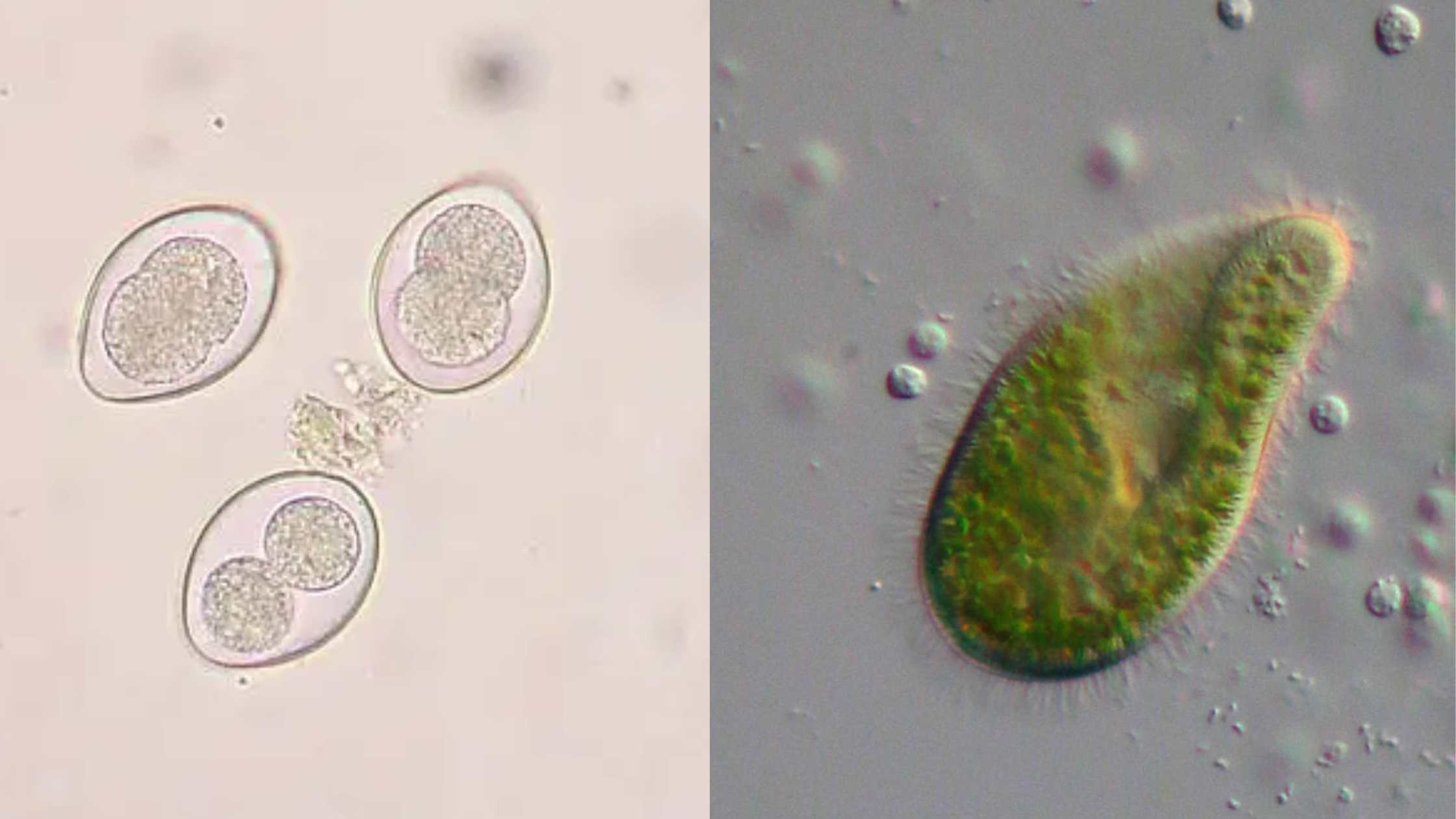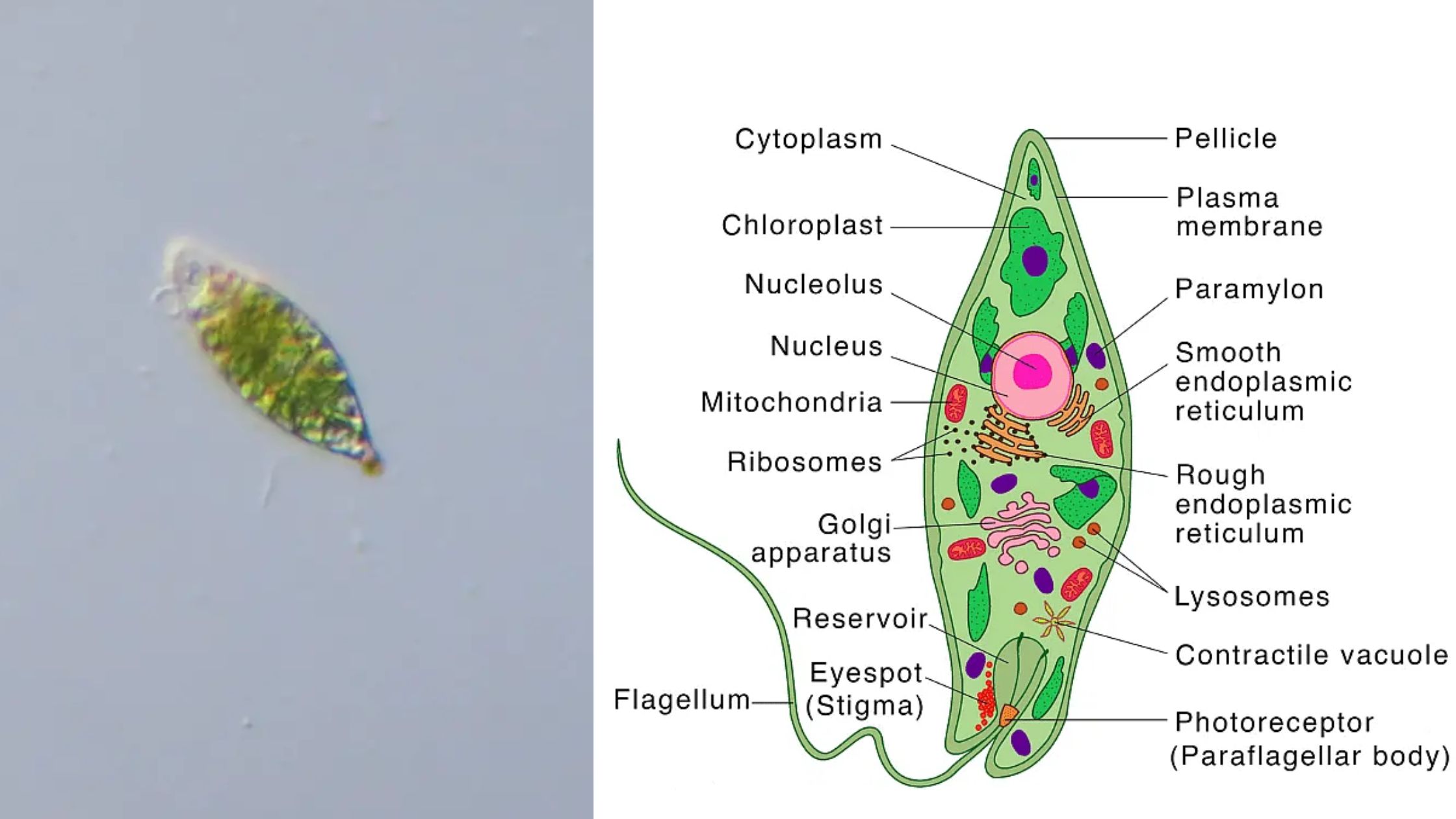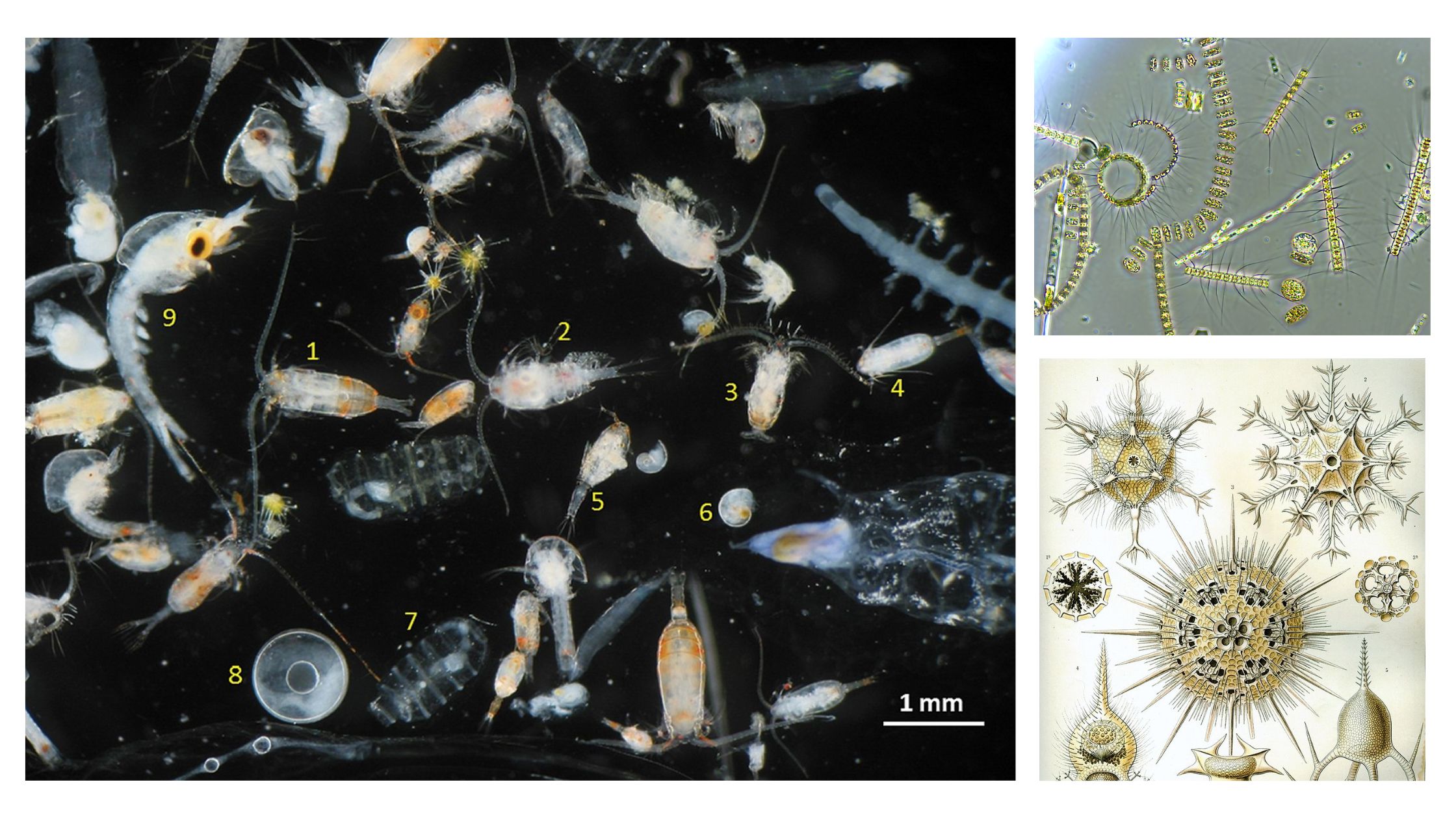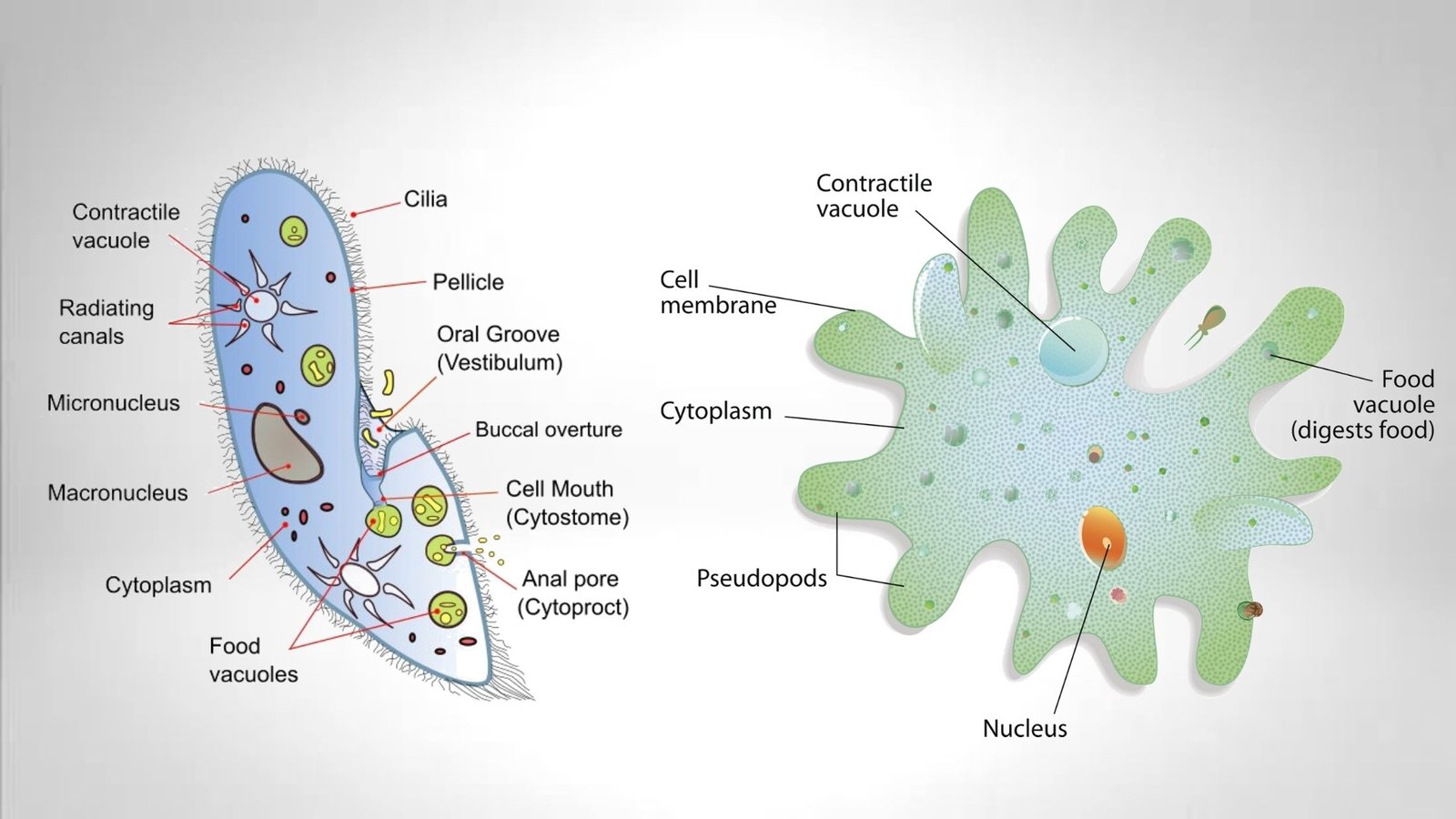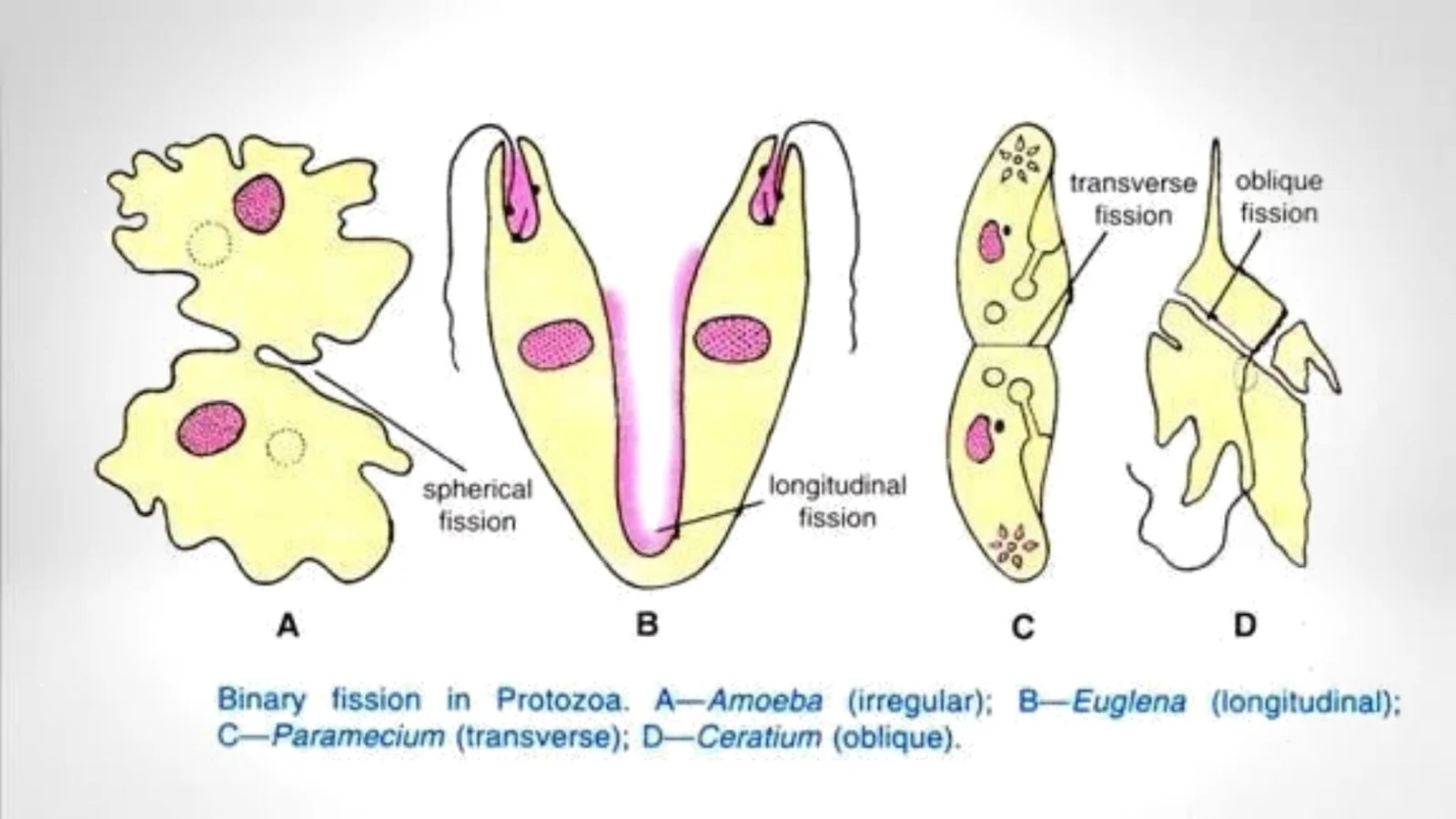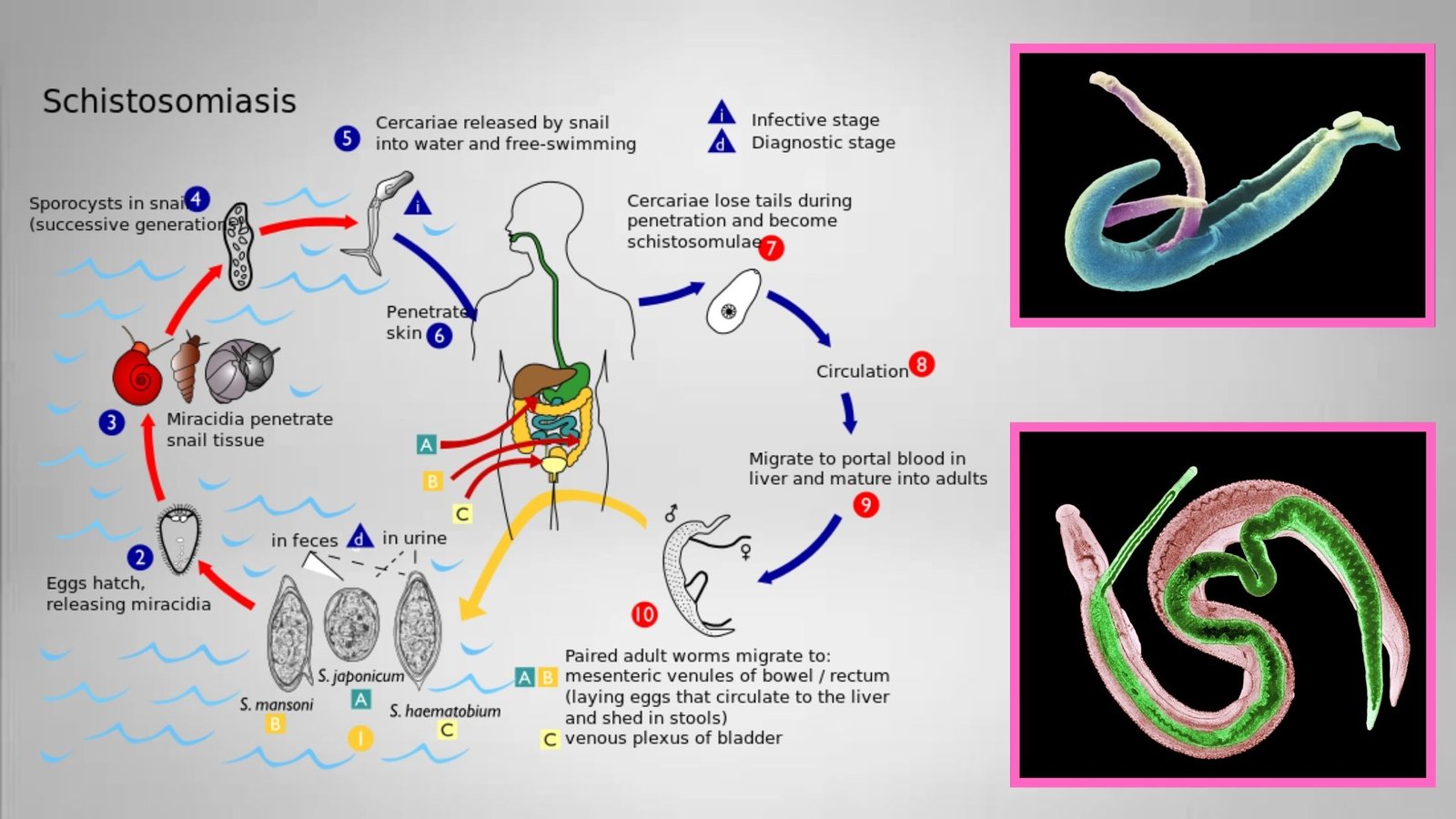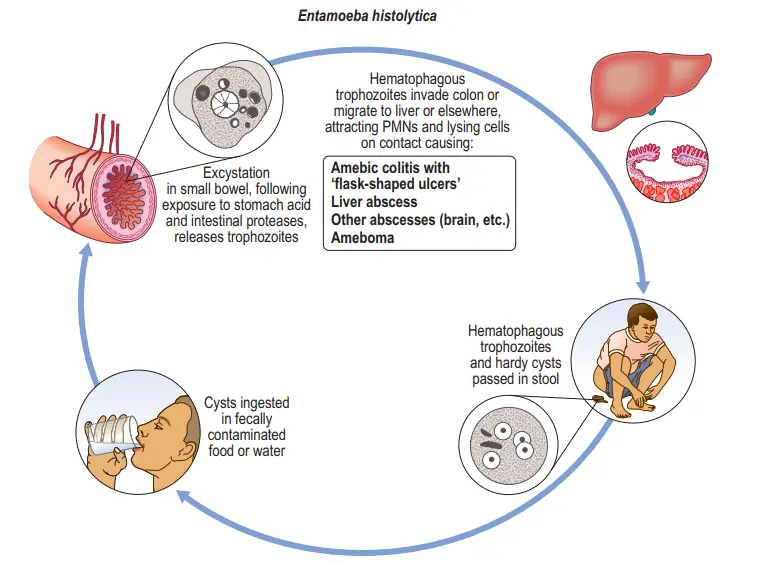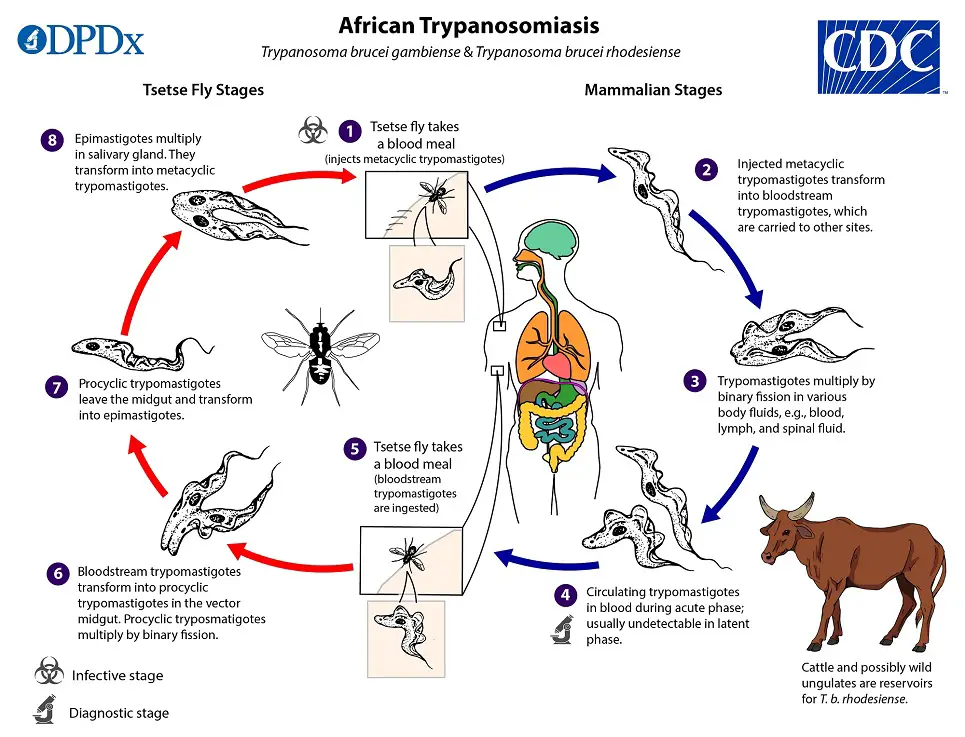Sporozoa – Definition, Examples, Classification and Characteristics
What is Sporozoa? Short Definition of Sporozoa Sporozoa are unicellular, parasitic organisms that undergo complex life cycles involving two hosts and alternating between sexual and asexual stages. Classification of Sporozoa Characteristics of Sporozoa Motility of Sporozoa Feeding of Sporozoa Types of Spores Sporozoans, a group of parasitic protozoa, can be classified into four categories based … Read more

